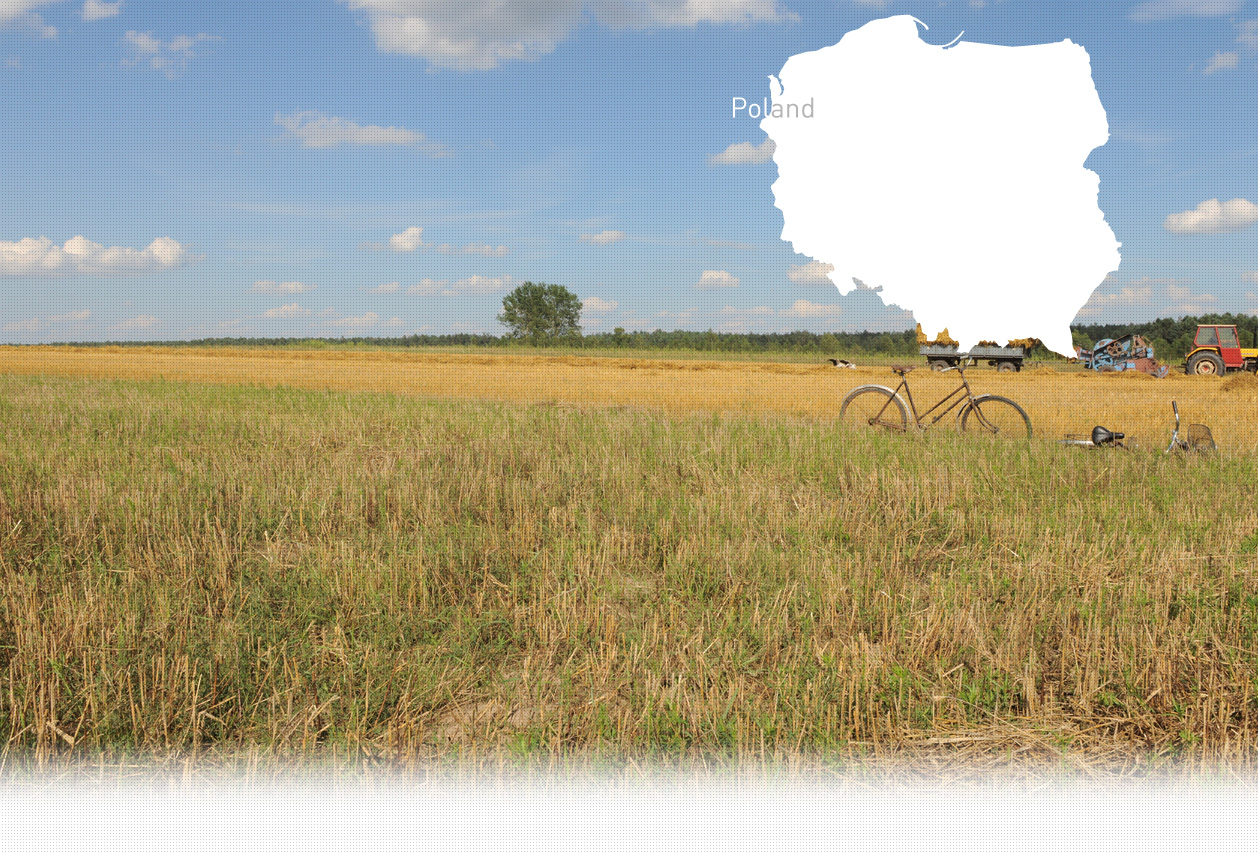

1 Killing site(s)
Maria Ś., born in 1932 : “During the war, the Germans deported the Jews. But the Jews were hungry before. I remember one day my grandmother was peeling potatoes in the field. She had gone to get a knife and when she came back there were no more potatoes. She saw a Jewish woman running away with them. Jews would come to the villagers’ houses asking for food, bartering with the Polish families. They would give them their clothes in exchange for something to eat. At some point, the Germans arrived in cars and deported them. I didn’t see the deportation, but I heard adults saying that the Jews were all taken somewhere (…) All of the Jews’ homes were dismantled after the deportation. They were old wooden houses. No Jew came back to the village after the war.” (Witness N°1371P, interviewed in Bobrówka, on September 19, 2022)
Bobrówka is a village in Poland located in Jarosław County, Laszki municipality, Subcarpathian Voivodeship. In 1939, the population of the village was 740 Ukrainians, 70 Poles (including 60 colonists) and 24 Jews. Little is known about the pre-war Jewish community from Bobrówka. Thanks to Helena S., born in 1935, the Yahad team managed to establish that there were circa. six Jewish families living in Bobrówka. They were mainly craftsmen and merchants and they owned a shop in the village. They were not very wealthy Jews, some of them bought cattle and sold them. There was no synagogue in Bobrówka. According to Helena, the closest synagogue and Jewish cemetery were in Jarosław, located about 14 km from Bobrówka.
Holocaust by bullets in figures On September 1, 1939, as the Seoncd World War broke out in Europe, German troops attacked Poland from the west. Soon afterwards, Soviet troops struck from the east. The territory of the municipality came under German occupation for a few days. From the end of September 1939, the area around Gmina Laszki was already occupied by Soviet troops and remained so until June 1941. Within a week, the Laszki area, due to its central location, found itself on the border of the Soviet Union. The border ran along the San River. In June 1941, as a result of the German aggression against the USSR, the area of the municipality was incorporated into the General Government. Not much is known about the fate of the Jewish community from Bobrówka during the German occupation. According to Helena S., born in 1935, six Jews were shot in Bobrówka near the road. Their bodies remained in the ditch for some time before they were buried by requisitioned Poles. It is not certain that the victims were Jews from Bobrówka. Helena S. told the Yahad team that many Jews would jump off the trains deporting them to the Belzec extermination camp. Most of them were shot on the spot by the German soldiers guarding the train. There is a monument commemorating the Jews murdered in November and December 1942 in Bobrówka, who escaped from a transport on its way to the Belzec extermination camp. The monument is located near the railroad tracks. The number of murdered Jews remains unknown.
Do you have additional information regarding a village that you would like to share with Yahad ?
Please contact us at contact@yahadinunum.org
or by calling Yahad – In Unum at +33 (0) 1 53 20 13 17